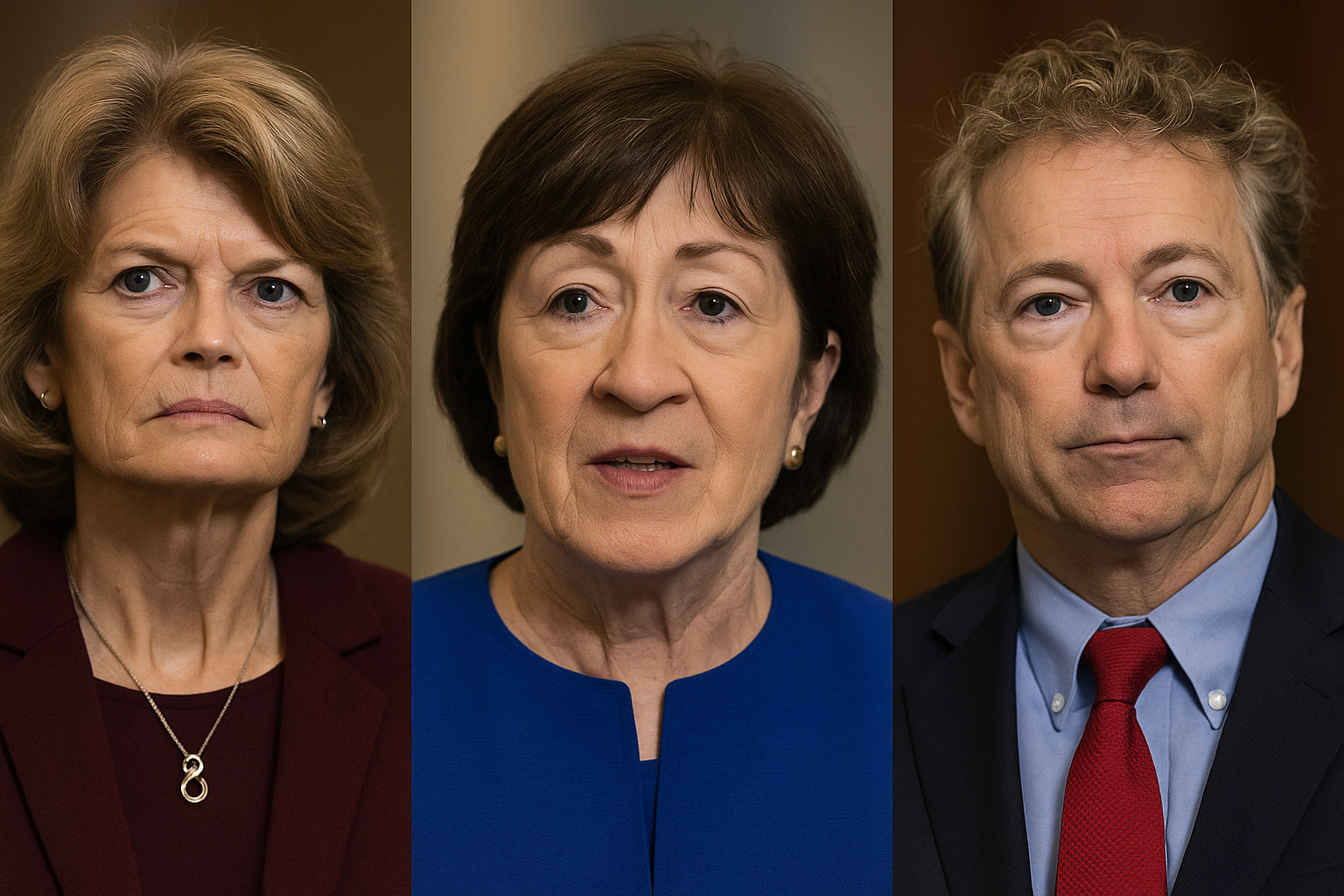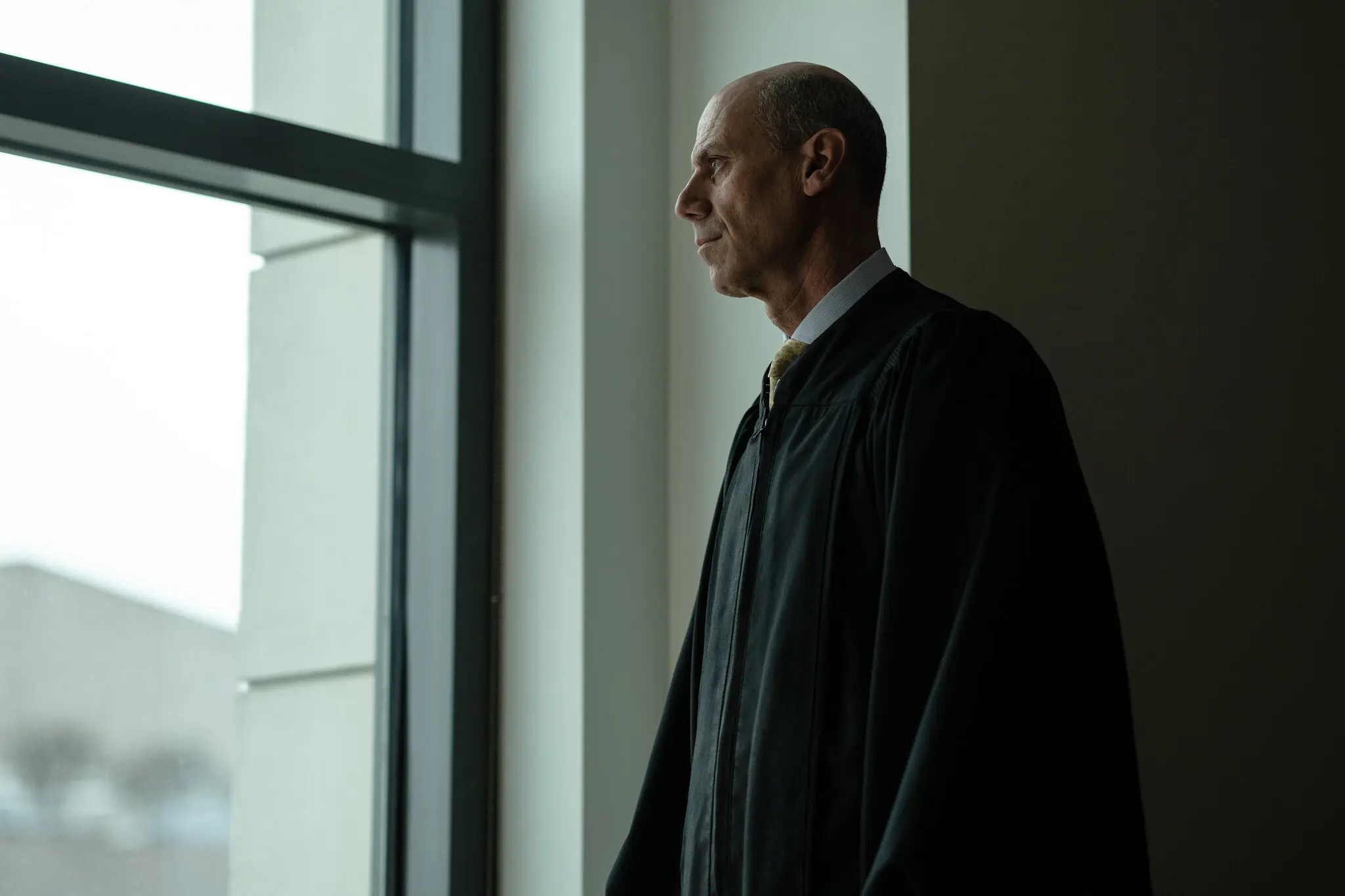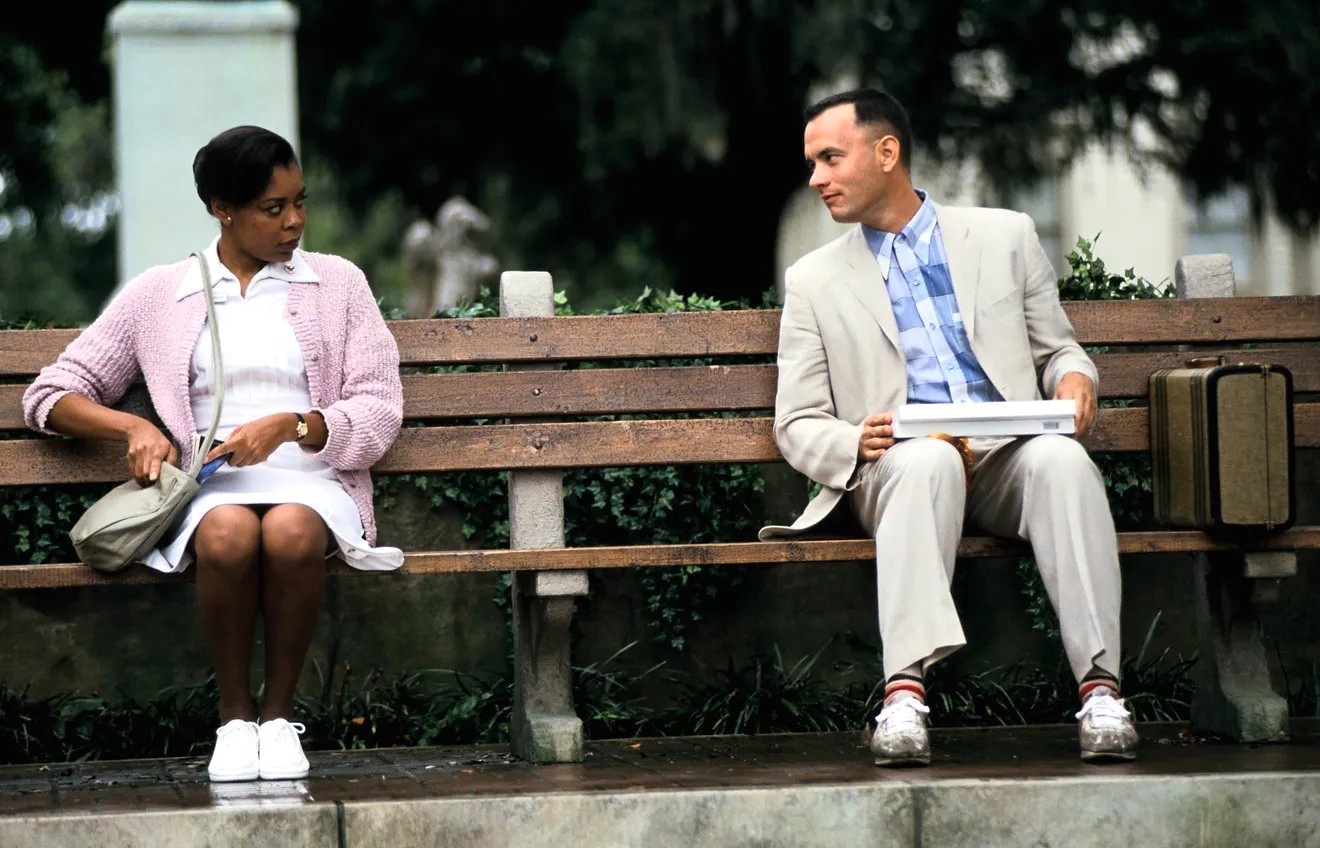Doomsurfing and doomscrolling . . . [refer] to the tendency to continue to surf or scroll through bad news . . . without the ability to stop or step back. — Merriam Webster

Covid, political tribalism, uncertainty, distrust. Up late at night doomsurfing? The new obsession has become a default mechanism used by many to addictively scroll or surf through any electronic device for bad news, becoming so fixated on doom that you’ve become detached from the reality around you.
In March 2020, New York Times reporter Kevin Roose offered this example.
“I should not have read the Imperial College coronavirus report before bed. . ..
“It’s an objectively terrifying document . . . and I lay awake for hours after reading it, trying to repress visions of mass death as terms like ‘incubation period’ and ‘gamma distribution’ buzzed around in my head.
“I’ve been doing a lot of this kind of doomsurfing recently—falling into deep, morbid rabbit holes filled with coronavirus content, agitating myself to the point of physical discomfort, erasing any hope of a good night’s sleep. Maybe you have, too.
“There’s nothing wrong with staying informed,” Roose says. “But we need to practice self-care, and balance our consumption of grim news with gentler kinds of stimulation, for our own health and the sanity of those around us.”
Yale Medicine reporter, Kathy Katella’s borrows the title of her story from the World Health Organization who “reported in February that it was not only fighting SARS CoV-2, the virus that causes COVID-19, but also an ‘infodemic,’ which it defined as ‘an overabundance of information—some accurate and some not—that makes it hard for people to find trustworthy sources and reliable guidance when they need it.’
“‘Information overload is incredibly anxiety-provoking—which is true even when the information is accurate,’ says Jaimie Meyer, MD, MS, a Yale Medicine infectious diseases specialist. ‘But here, if people get the wrong information from unreliable sources, we may have more trouble slowing the spread of the virus. And we can’t afford to get this wrong.’”
So, what can we do to lead ourselves out of the dark forest of negative information?
Currently, COVID is the driver of much of the current anxiety to such an extent that we are literally in the middle of a war: misinformation v. facts. With the facts constantly evolving, who can you trust?
“A solid source for numbers is the WHO, which provides daily Situation Reports that include global numbers of confirmed COVID-19 infections and deaths, as well as information on the totals for parts of the globe that are hardest hit.
“‘If you see number fluctuations, it’s partly because every place has different testing and reporting strategies,’ says Dr. Meyer. Some counts include only confirmed numbers; others might include ‘presumptive cases,’ which are patients who have tested positive by a local public health laboratory, but whose results are still pending confirmation at a Centers for Disease Control and Prevention (CDC) lab.
“For more accurate information about your state or county, go to your state department of health—where doctors treating patients (and labs conducting test on patients) with COVID-19 send their reports.”
Several well-meaning friends have contacted me asking to investigate a variety of threatening information only to discover that most is either false or horribly misleading. Many social media folks tend to extract the worst scenario or corrupt part of the story, pass it along to others causing some to buy into “the sky is falling” chicken little effect.
So, how can we stop doomsurfing?
“I’ve muted some group chats with panic-inclined friends,” Roose writes, “so I can avoid being interrupted every time one of them sees a new story about the virus. I’ve started meditating again. . . I’ve also tried to do less surfing and more one-on-one connection: calling my family, setting up Zoom dates with friends, sending Instagram direct messages. Research has found that using social media actively makes us feel better than consuming it passively, and in my case, the finding checks out.”
In the Yale story, Meyer offers a number of suggestions including: be wary of COVID-19 information on social media. . . .
Sorry, I’m going to have to cut this commentary short. I just got several tweets about defaulting on the national debt, the migration border crisis and new hurricanes forming in the Atlantic.
Comments
Leave a Comment











I learned something new, “Doomsurfing.” I have always been cautious about too much TV, news and now I guess even social media. I don’t look at any news or negative info the first couple of hours in the morning and not before I go to bed. When I see a “breaking news” traumatic event at 10 am, I am glad that I lived just fine NOT knowing it.